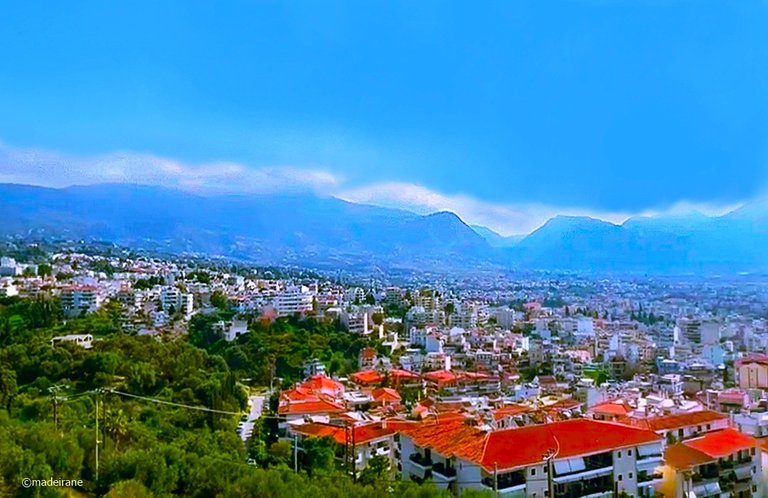
People already take pictures of summer, which has already replaced spring, and capture the blossoming of flowers and trees. They are happy even knowing that the flowering is so short, you won't have time to inhale, exhale the lilac perfumed air, and everything will be over. It seems that the beauty of spring is born somewhere in the sky and incarnates on Earth only to immediately crumble into dust.
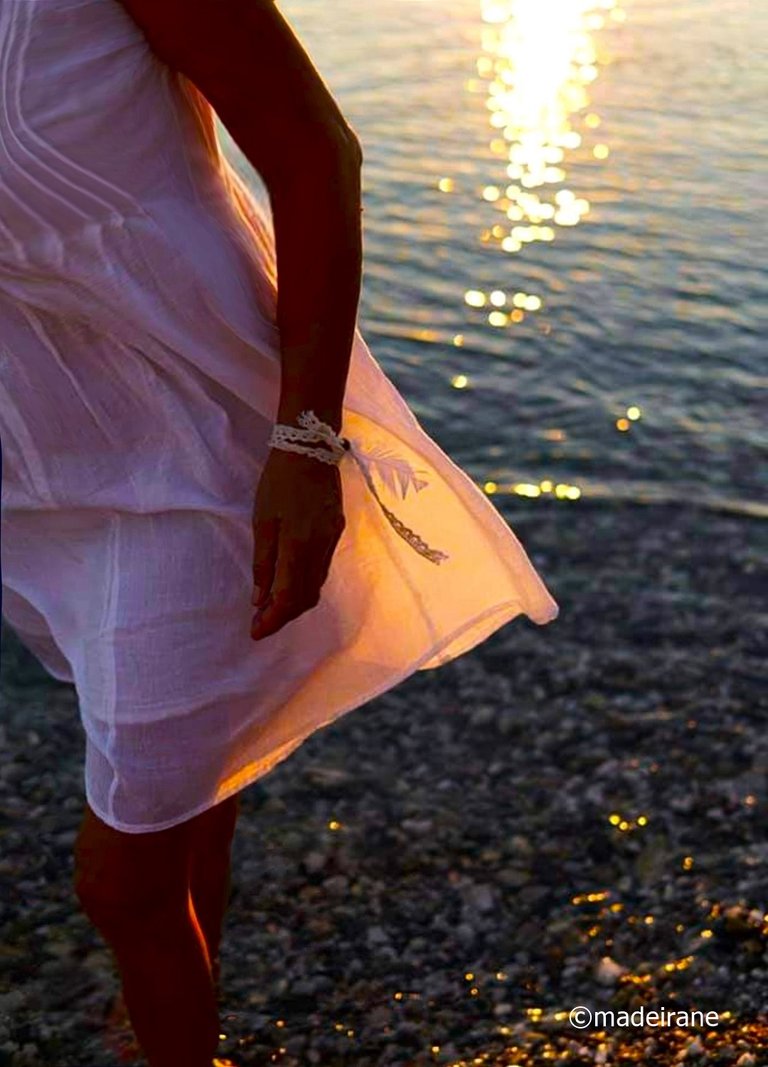
This is how people record their own lives, enjoy youth, prosperity, health, vaguely sensing the same temporality that fits between two breaths of air. People chase away that sense of impermanence, although nature makes it clear: you don't need to show off. All evil comes from pride... And from a hard heart, from hatred, and from envy. And not even the most beautiful summer, not even the blooming of the most colorful flowers, can stop this. As if they do not see the light of beauty, as if they do not understand where it comes from.
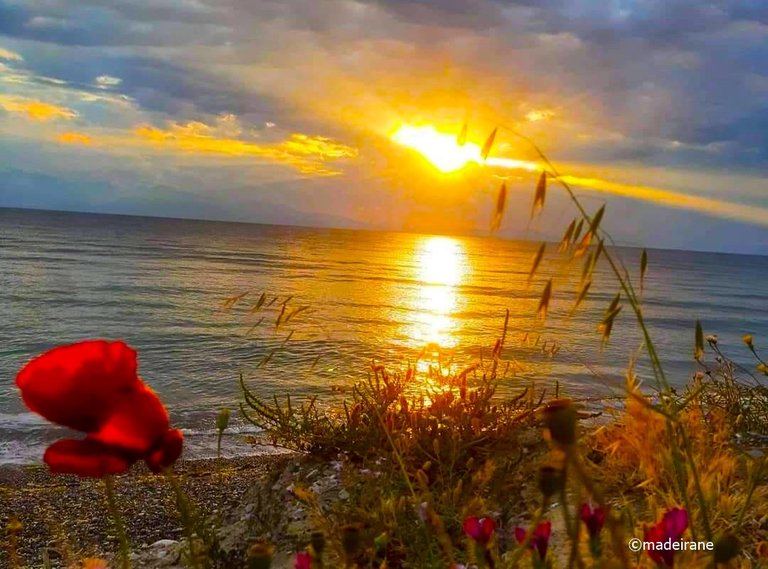
As summer came, I want to enjoy nature even more. I walked each day, but sometimes we ran away to discover new things and places. And the question arose: where to go today? Of course, the places where we haven't been till now. So, it's Patras.
The first point in the amazing Peloponnese on the way to Olympia from central Greece will be the city of Patras, since in any case, tourists must pass the Rio-Antirrio Bridge. With such many arrivals and departures, Patras became a crowded and busy point. Although this city has rich ancient history and vibrant modernity, so Patras itself is able to offer its visitors a lot of educational information and entertainment.
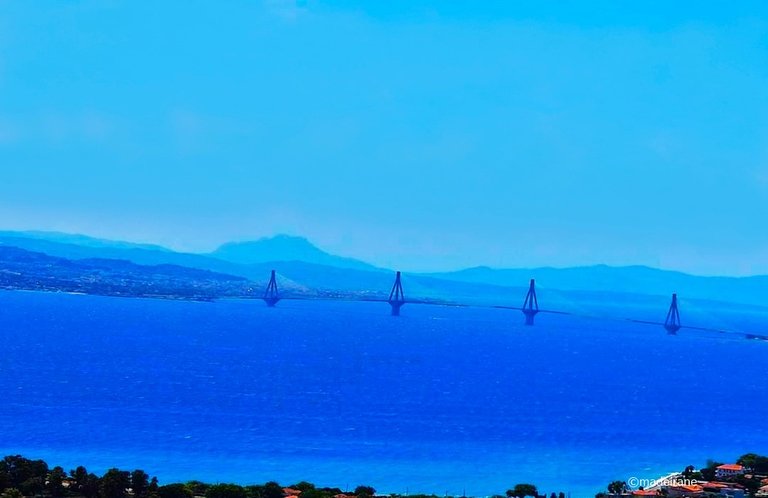
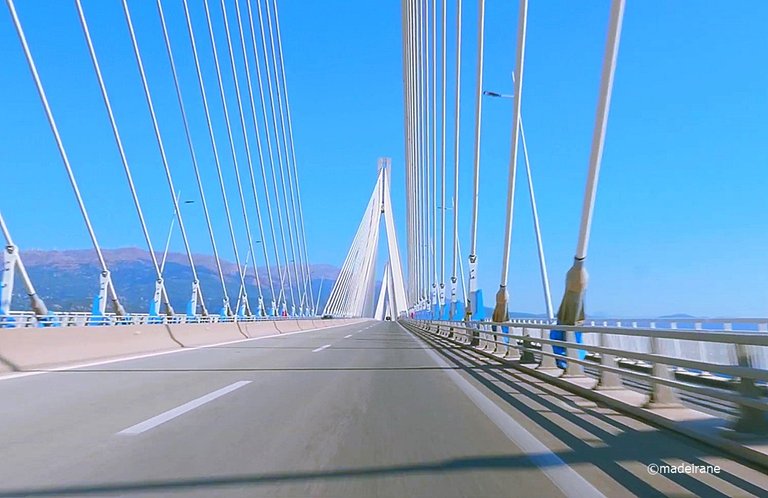
Patras is located on the northwestern spote of the Peloponnese Peninsula. It is considered the capital of the Peloponnese. It's a busy port of the peninsula, and it is second only to Athens and Thessaloniki in terms of its population. However, I can’t say that during our visit to this city, there was a real feeling that there were a lot of people around.
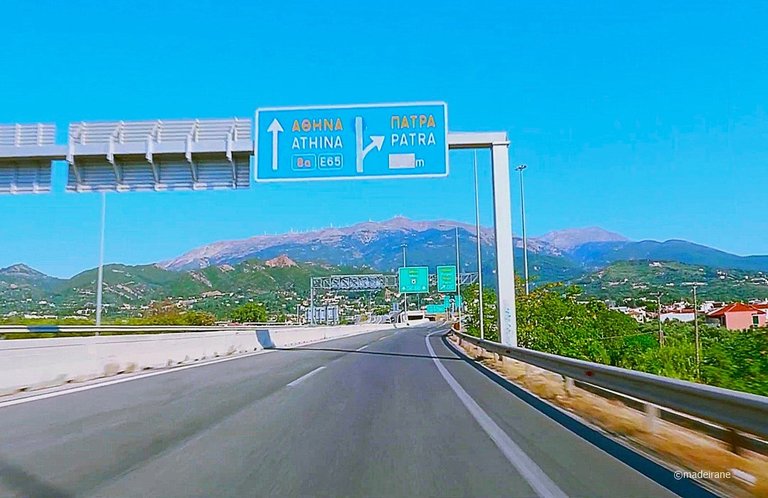
Parking in the city center is always a problem. We were able to park only 15 minutes' walk from the main cathedral of the city, but it was free.
Patras consists of two parts - the Upper Town and the Lower Town. The Lower Town consists of the port and coastal areas, while the Upper Town consists of the areas around the castle in the foothills of the range called Panachaikos. Both parts are connected by stairs.
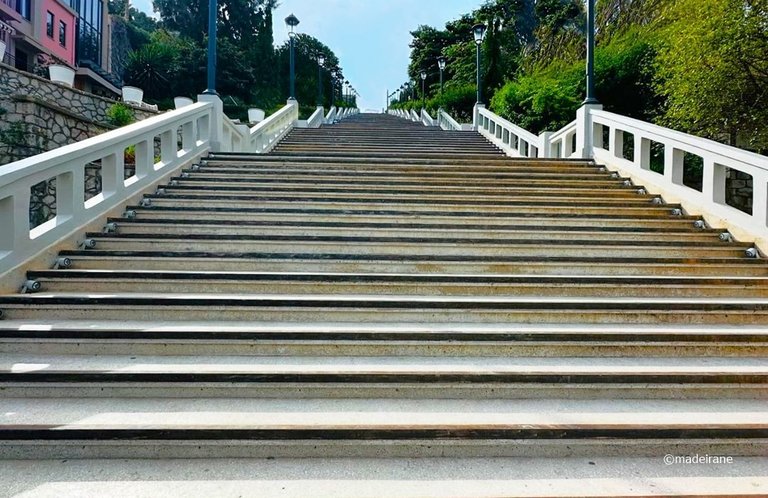

The main purpose of our visit to this city was the largest Orthodox cathedral in Greece - the Cathedral of St. Andrew the First-Called. The cathedral is, of course, modern; such large ones have never been built before. Construction of this majestic cathedral began in 1908 and was completed only in 1974. It is shaped like a Greek cross and built in the neo Byzantine style. Of course, its dimensions are impressive - only 60 meters long! It can accommodate more than 5000 people at the same time! The central dome of the cathedral is crowned with a five-meter golden cross.
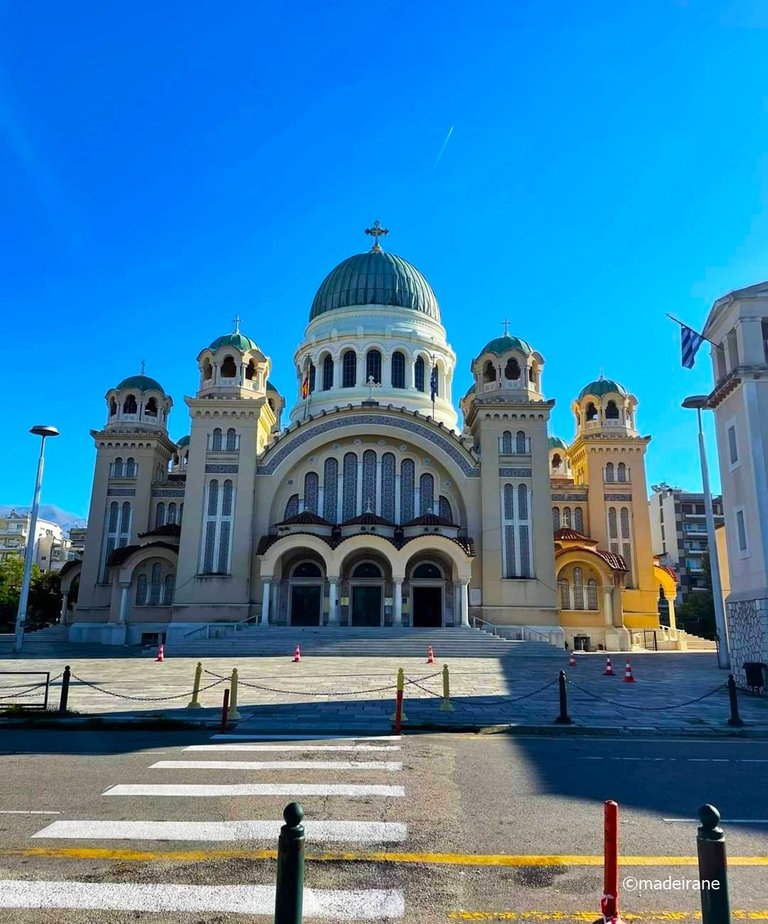
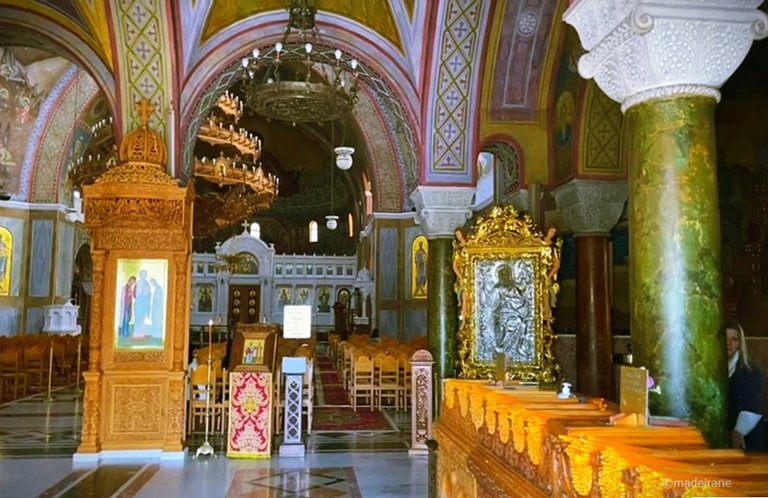
Many architectural monuments have been preserved in Patras - witnesses to a variety of historical events that took place in the Peloponnese. Patras experienced prosperity and decline in its lifetime, as well as ups and downs. It was interesting to know that Patras was owned by the Romans, Byzantines, Turks, and the Hospitallers and Venetians fought for it.
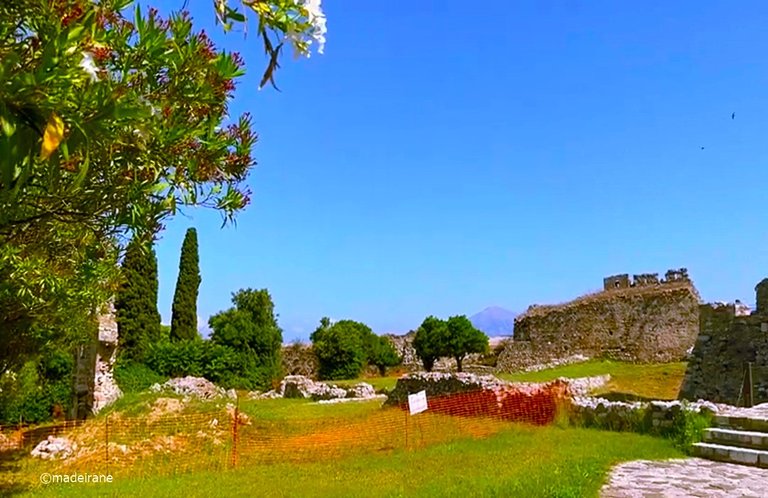
I liked that while walking around the city you can see something interesting in the distance, which makes you very curious: the fortress and mountains. To be honest, I can’t say that the mountains of Patras are anything special.
The Fortress in Patras is one of the main attractions of this Greek city. Actually, we are mainly talking about the ruins of a once majestic Byzantine fortress. This large-scale fortification was built in the second half of the 6th century on a low hill 800 meters high from the coastline on the ruins of an ancient acropolis. It was used continuously until the end of World War II.
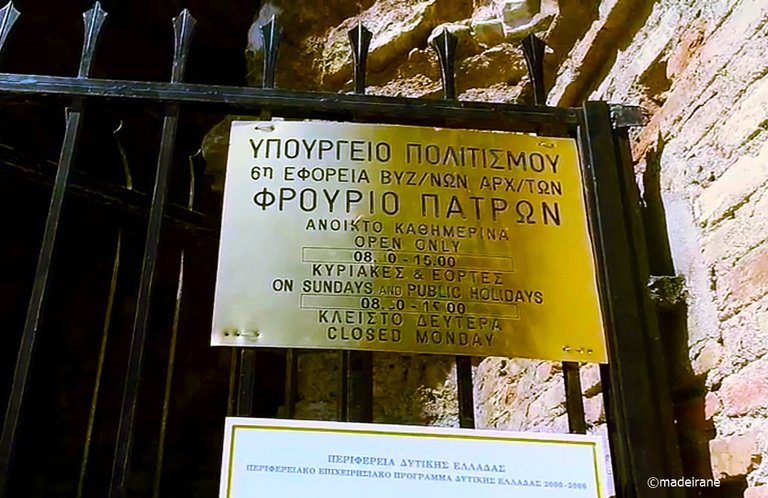
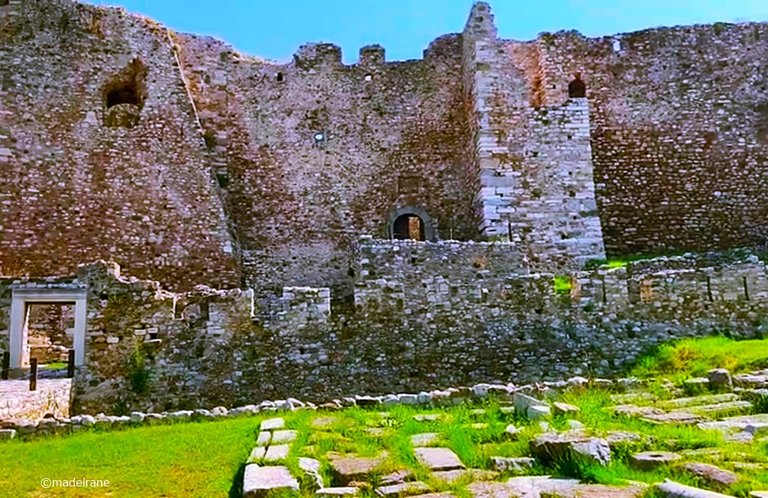
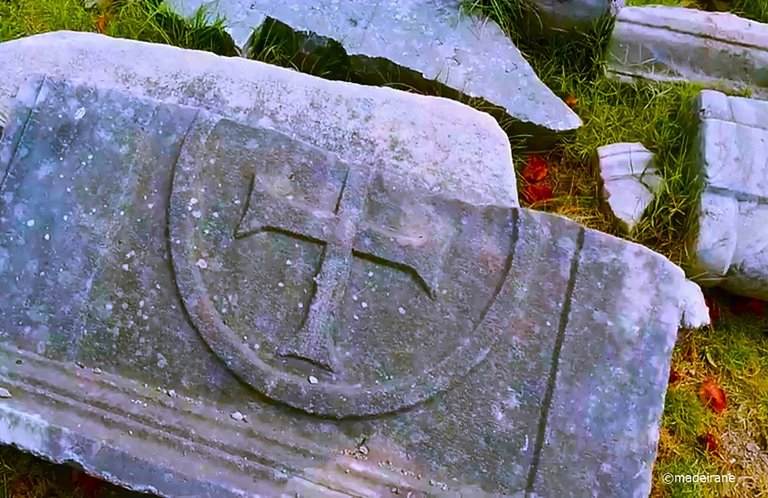
Interestingly, for centuries the city of Patras was considered an important strategic site and the “sea gate” of the Peloponnese island. It is not surprising that the Byzantine fortress was always of great interest to the conquerors. During the Byzantine era, the fortress was attacked many times by the Slavs, Saracens, and Normans, but it never gave up its positions, withstanding a serious siege in 805.
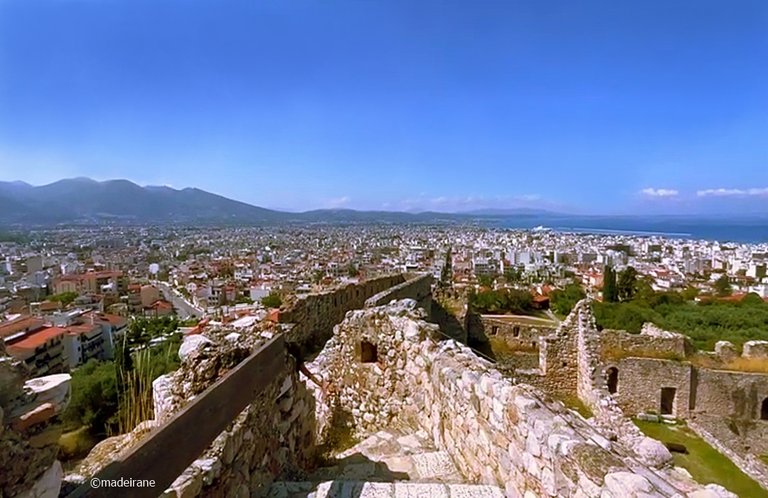
This is exactly why it’s worth climbing up - for the view of Partas from the side of the citadel. Agree, the view of the city is worth it!
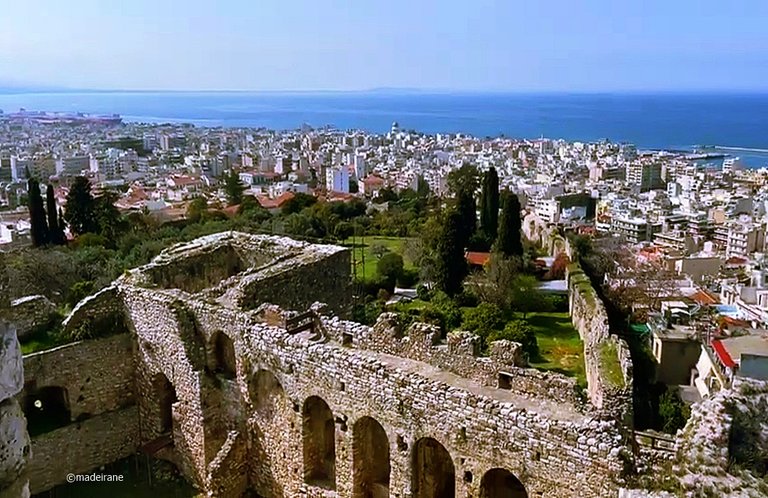
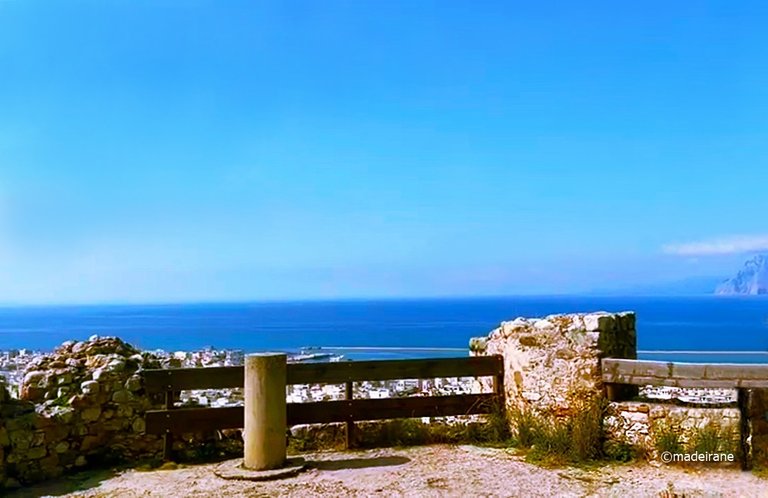
Another attraction of Patras, which, in my opinion, is worth mentioning after describing the fortress, is the Roman Stadium, which is located in the center of Patras. This important archaeological site was probably built in 86 AD by Emperor Domitian in honor of the 100th anniversary of the founding of this Roman province.
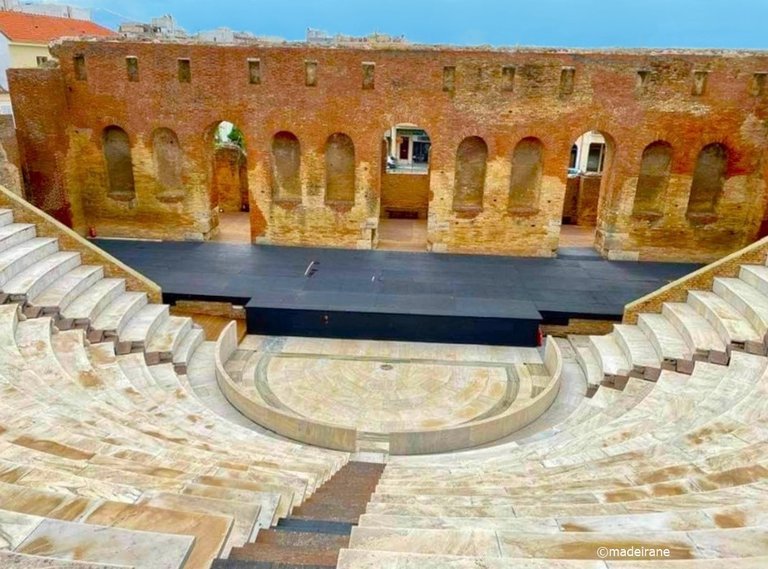
The building from the heyday of the city of Patras was intended to entertain the towns people. In the past, the stadium hosted sporting and music events. In addition, gladiator fights took place here with the participation of athletes from all over Greece. Interestingly, similar stadiums were discovered in Rome and Asia Minor. The traditional Roman odeon appeared in Patras in the mid-2nd century. Then it was covered with earth for many years. It was only during the construction of the dam in the 19th century that they decided to use soil from a hill in the upper part of the city. Then the builders discovered the ruins of a Roman odeon, which today has been carefully restored and is used, as before, two thousand years ago, for musical performances.
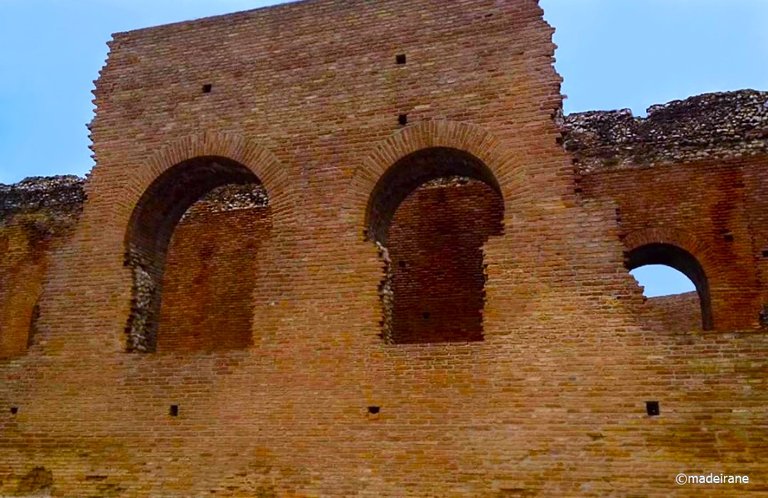
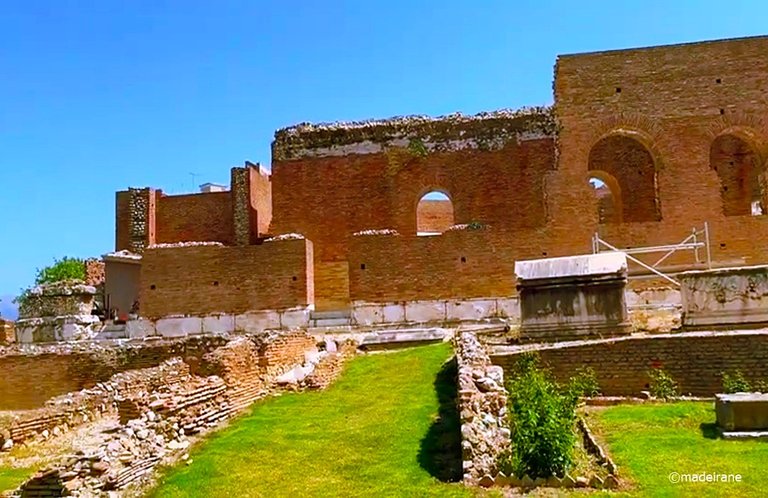
Do not think that the city of Patras can only appeal to those who are interested in history and who like to wander through the ruins of fortresses and amphitheaters. In fact, this city is also famous for its beaches. There is a city beach directly in Patras - you need to look for it 1 kilometer from the center. In summer, being the closest beach, it is crowded with residents of Patras and tourists, but we missed the opportunity to visit it.
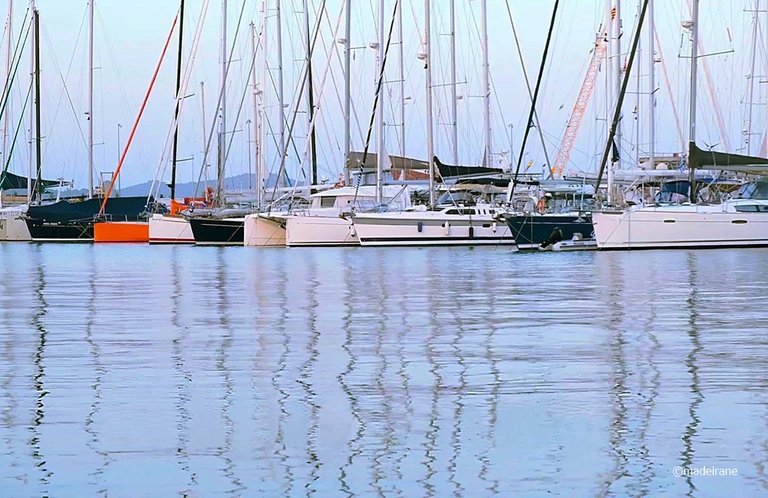
But there is nothing better than a relaxing walk around the city. While walking around Patras, you will come across many authentic Greek taverns with classic Mediterranean dishes on the menu. You can taste a real Greek salad.
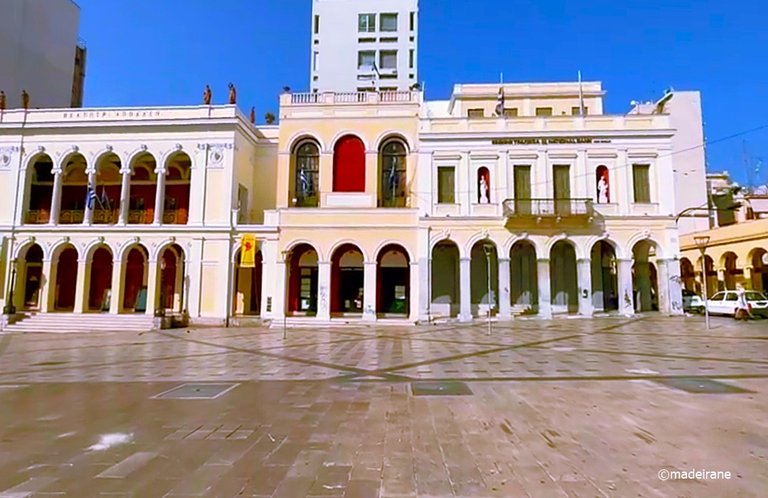
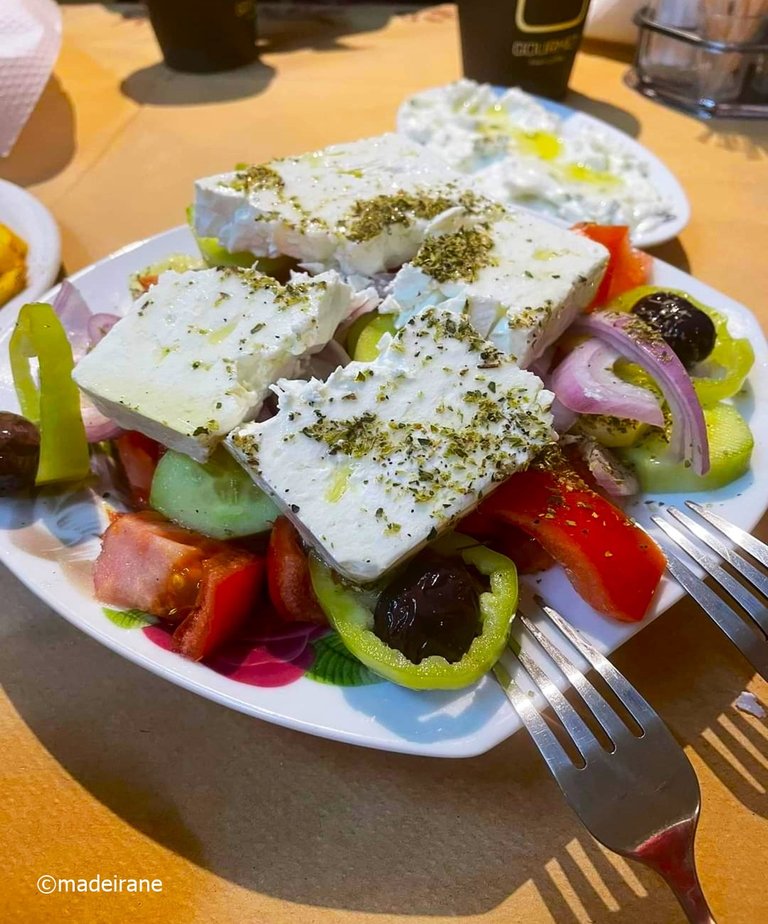
Well, after gastronomic pleasures, we hit the road again! And let this path through the Greek city of Patras be bright and interesting!
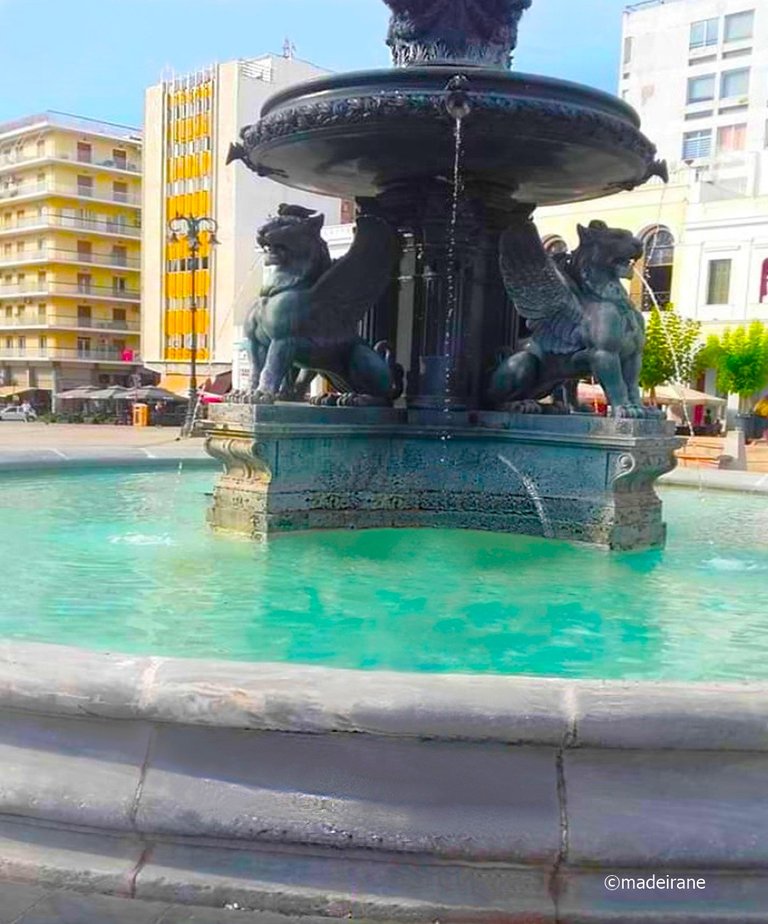
💝💝💝💝💝💝💝💝💝💝
Photos are taken by me.
© 2024With love @madeirane
Bienvenidas delegaciones / Delegations welcome
Trail de Curación / Curation Trail
Vota por nuestro Testigo aliado - @hispapro / Vote for our allied Witness - @hispapro
Has sido curado por @visualblock / You've been curated by @visualblockMás información sobre el testigo aquí / More information about the witness here